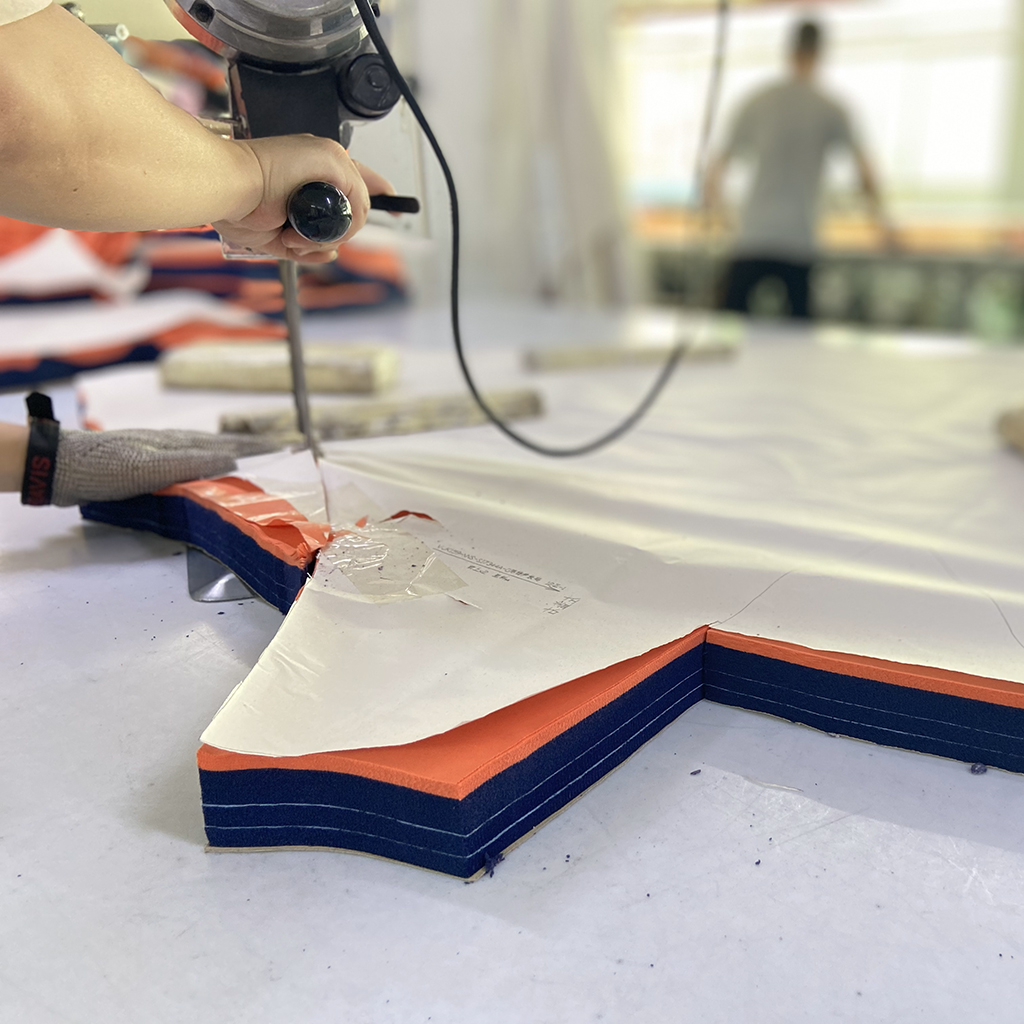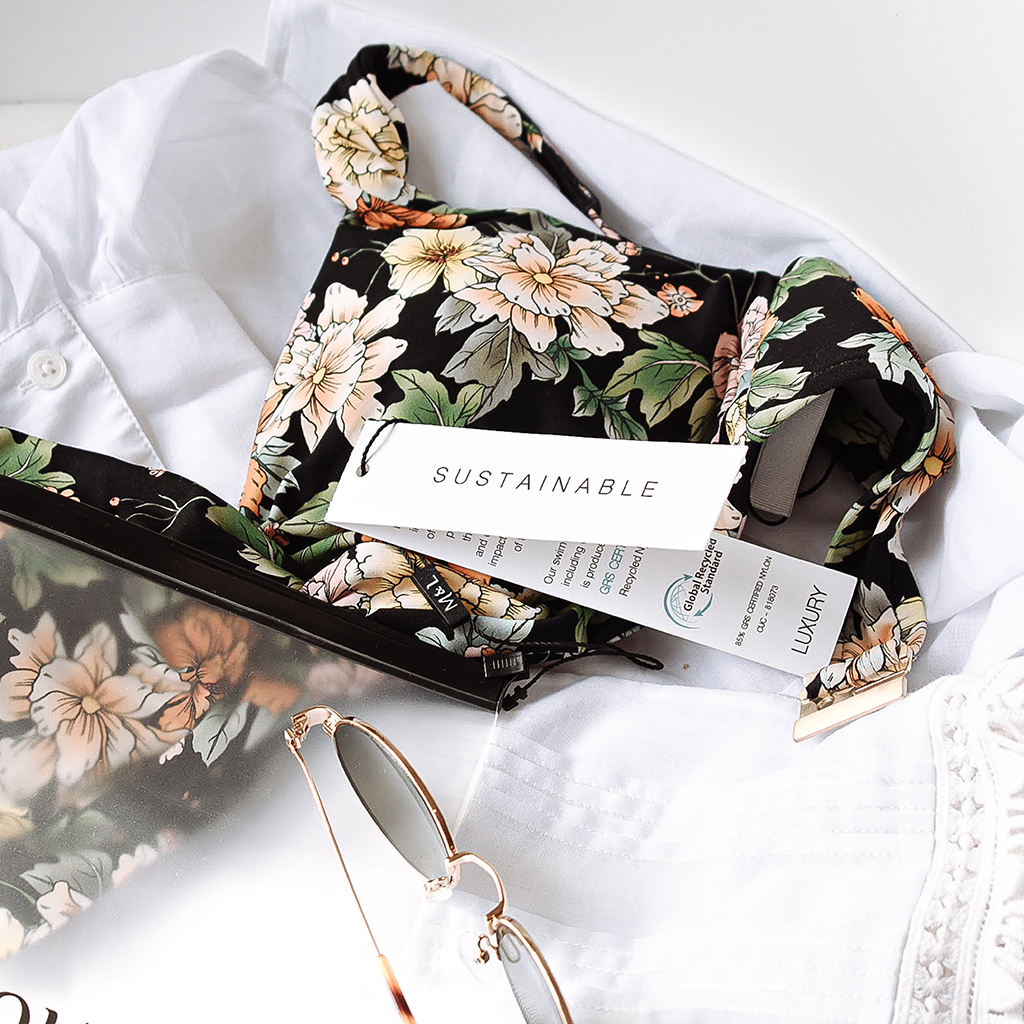Sustainable Fashion: A Guide to Eco-Friendly Apparel Choices
Photo: Pexels
kno01042023-01

Photo: Unsplash
As concerns about the environmental impact of the fashion industry continue to grow, sustainable fashion has become a topic of increasing importance. By making eco-friendly apparel choices, consumers can contribute to a more responsible and environmentally-conscious fashion industry. In this blog post, we will focus on sustainable fashion, exploring topics such as materials, production methods, and responsible consumption practices.
Photo: Unsplash
Eco-friendly Materials
Selecting sustainable materials is crucial to minimizing the environmental impact of clothing. Here are some examples of eco-friendly materials to consider:
Organic cotton: Unlike conventional cotton, organic cotton is grown without the use of harmful pesticides and synthetic fertilizers, reducing its environmental footprint.
Recycled polyester: Made from recycled plastic bottles, recycled polyester is an eco-friendly alternative to traditional polyester, helping to reduce plastic waste.
Tencel: Derived from sustainably-sourced wood pulp, Tencel is a biodegradable material known for its softness and moisture-wicking properties.

Sustainable Production Methods
Choosing clothes produced using sustainable methods can help to reduce waste and minimize the environmental impact of fashion. Some sustainable production techniques include:
Zero-waste pattern cutting: This method involves designing patterns that maximize fabric usage and minimize waste during cutting.
Water-saving dyeing processes: Conventional dyeing methods can be water-intensive and produce harmful chemical waste. Sustainable dyeing processes, such as natural dyeing or waterless dyeing, help to reduce water usage and minimize pollution.
Energy-efficient manufacturing: Apparel manufacturers can reduce their carbon footprint by utilizing renewable energy sources and implementing energy-saving practices in their facilities.
Photo: Unsplash

Photo: Unsplash
Ethical Sourcing
Supporting brands that prioritize ethical sourcing can help to promote fair labor practices and improve working conditions in the fashion industry. When choosing clothes, look for companies that:
Adhere to fair labor standards and provide safe working conditions for their employees.
Pay a living wage to their workers, ensuring they can afford basic necessities.
Engage in transparent supply chain practices, allowing consumers to trace the origins of their clothing.

Responsible Consumption
As consumers, we can significantly impact the fashion industry by adopting responsible consumption practices. Some tips for eco-friendly clothing consumption include:
Buying less and choosing quality over quantity: Invest in well-made, durable clothing that will last, rather than buying cheap, disposable items.
Caring for your clothes: Proper care can extend the life of your garments, reducing the need for frequent replacements. Follow care instructions, repair damaged items, and store your clothes properly.
Supporting sustainable brands: Choose to purchase from brands that prioritize sustainability and ethical practices.
Recycling and upcycling: When you no longer need a garment, consider donating, recycling, or upcycling it instead of throwing it away.

Photo: Unsplash
By focusing on sustainable materials, production methods, ethical sourcing, and responsible consumption practices, we can make a meaningful contribution to a more eco-friendly fashion industry. As consumers and industry professionals, it’s essential to educate ourselves on sustainable fashion practices and make informed choices that support the health of our planet and the well-being of those involved in the apparel supply chain.
Google: D&J Fashion Manufacturer
Leave us a Google Review
Facebook: dnjfashionofficial
Instagram: dnj_fashion_official
Linkedin: D&J Garment Manufacturing and Supply Chain
Pinterest: dnjfashion
Youtube: @dnjfashion_official
Tik Tok: @dnj_fashion

